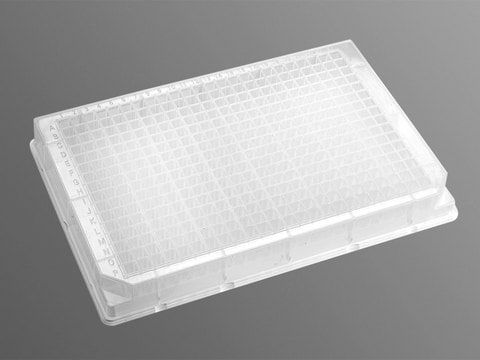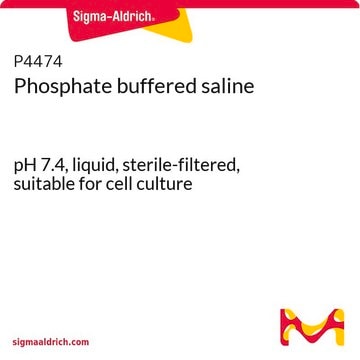22582
Sistema Merlin Microseal™ (compatible con Agilent)
1 nut
Iniciar sesiónpara Ver la Fijación de precios por contrato y de la organización
About This Item
Código UNSPSC:
41115700
eCl@ss:
32049213
Productos recomendados
Descripción general
The Merlin Microseal System is a septum-less system that provides very long life. Because there is not a septum to pierce, septum fragments will not be formed and deposited in the inlet liner. The septum contains a series of seals (wiper rib, o-rings, and a duckbill valve) that allow a needle to enter while maintaining a leak-free seal. The septum can be used only with a syringe that has a 23 gauge "blunt tipped" needle, or with an SPME fiber assembly with a 23 gauge needle. The thicker shaft is required to make the necessary contact with the septum seals.
Aplicación
Merlin Microseal™ System may be used to replace traditional septum to avoid leaking and bleeding caused during operating GC/MS system. It may also be equipped to the injection port during GC analysis for determination of plasticizer N-butylbenzenesulfonamide and the pharmaceutical Ibuprofen in wastewater.
Otras notas
Simply place the septum directly onto the septum cup and then add the nut (an additional adapter for the septum cup is not required for Agilent GCs). The septum incorporates a unique design with two sequential seals to provide a much longer life. Order replacement septa, or alternate versions, separately. Compatile with all Agilent autosamplers and stainless steel injection ports.
Note: Do not use with beveled tips.
Note: Do not use with beveled tips.
Información legal
MicroSeal is a trademark of Merlin Instrument Co.
Choose from one of the most recent versions:
Certificados de análisis (COA)
Lot/Batch Number
Sorry, we don't have COAs for this product available online at this time.
If you need assistance, please contact Atención al cliente
¿Ya tiene este producto?
Encuentre la documentación para los productos que ha comprado recientemente en la Biblioteca de documentos.
Christian T Hjuler et al.
Nature protocols, 12(11), 2411-2422 (2017-10-27)
Glycobiology, in particular the study of carbohydrate-protein interactions and the events that follow, has become an important research focus in recent decades. To study these interactions, many assays require homogeneous glycoconjugates in suitable amounts. Their synthesis is one of the
Naomi R Latorraca et al.
Cell, 183(7), 1813-1825 (2020-12-10)
Binding of arrestin to phosphorylated G-protein-coupled receptors (GPCRs) controls many aspects of cell signaling. The number and arrangement of phosphates may vary substantially for a given GPCR, and different phosphorylation patterns trigger different arrestin-mediated effects. Here, we determine how GPCR
Determination of the plasticizer N-butylbenzenesulfonamide and the pharmaceutical Ibuprofen in wastewater using solid phase microextraction (SPME).
Huppert
Fresenius Journal of Analytical Chemistry, 362, 529-536 (1998)
Raegan D Plomp et al.
Environmental toxicology and chemistry, 39(10), 1988-1997 (2020-07-18)
The frequency of wildfire is expected to increase with time as a function of climate change. Recent studies in our laboratory have demonstrated that pyrogenic polycyclic aromatic hydrocarbons can cause greater-than-additive effects in Hyalella azteca in the presence of low
J M Diserens
Journal of AOAC International, 84(3), 853-860 (2001-06-22)
Although the use of pentachlorophenol (PCP) is prohibited in most countries, it is still widely found in the wood of pallets, containers, crates and in cardboard, paper, etc. Such material may contain not only PCP but other chlorophenols as well.
Nuestro equipo de científicos tiene experiencia en todas las áreas de investigación: Ciencias de la vida, Ciencia de los materiales, Síntesis química, Cromatografía, Analítica y muchas otras.
Póngase en contacto con el Servicio técnico







